|
This past week Enrique Olmedo joined me for an event and helped to host a luncheon featuring the wines from Bodegas Manzanos, which is located in Rioja, Spain. Selected wines from several of the properties or labels under the Manzanos labels were featured.
There is a long history with Bodegas Manzanos (see the website for full details) with the original winery being founded in 1801. The group now has estates, vineyards and holdings across Rioja and Navarra (located just to the east of Rioja), and in general produce many wines of very traditional styling. One of the things I learned from Enrique in our conversation was that they currently have vintages of Gran Reserva dating back to 1947 - yeah - 77 years! I have said many times that I believe Gran Reserva Rioja to be one of the singular best value wine categories in the entire wine world. You can routinely find current and library vintages that are not expensive - like seriously not expensive - especially when you take into account the age, the drinkability, and general fantastic style of these wines. Gran Reservas are aged a minimum of 5 years in a combination of wood and bottle prior to release, but this is only a minimum. The current Manzanos Gran Reserva is from 2015, and is delicious - but retail on this 9 year old wine is about $35. You don't get that from California, Bordeaux, Italy - anywhere really. Pro tip - get some Rioja Gran Reserva. As a side note, we tasted wines at the event from Navarra under the Las Campanas label, and from Rioja under the Bercero and Manzanos labels. At the conclusion of the event I sat with Enrique and he was kind enough to give me a few minutes to answer 5 Questions... Before we get started, tell me how you got your start in the wine business... EO Actually, my first job in the wine business was as an intern working in Warsaw, Poland for the Spanish Embassy, there, and I was in charge of the Food and Beverage Department. We were in the embassy in the Economic Chamber. It was helping Spanish companies to make business in Poland, in general. I was in charge of food and beverage, and it was mostly wine. We organized a lot of wine tastings and trade shows for Spanish wineries in Poland. So that was my first experience in the wine business. Then I went to Chile, and then later I started working for Manzanos - they wanted people to work in the U.S. Ok, that is the first time I have ever had someone tell me they started in the wine business in Poland - that's interesting. Have you had any formal wine training, such as WSET, Masters of Wine courses, or similar - or have you just learned as you have worked? EO Not really. I just learned along the way. I was passionate since I was pretty young and I learned by myself. Did you ever work in restaurants or wine shops or anything connected to the wine business before going to Poland and working that government internship? EO Not really. I had worked very occasionally in my home town but it was really in the tastings in Poland that I learned about wines and then along the way. Outside of Rioja, where you/your winery is based, is there a style or type of wine that you like personally? EO Outside of Rioja, I really like Jumilla in southeast Spain. Also, I like Priorat. Anything outside of Spain? I really like Malbecs. Chilean wines such as good Carménère. I was living there so I became fond of them. So Malbec and Carménère are interesting because they are not super mainstream, at least here in the U.S. Obviously Malbec is more popular and we sell a good amount, but with Carménère we sell less by far. What do you like about Carménère? Is it something you can relate back to wines from Spain or is it because of a unique identity? So, it is very unique, and to be honest I really like the story of how they thought is was extinct, but then they realized a lot of their Merlot was actually Carménère. Thinking of your personal tastes, outside of your portfolio, on a Tuesday night - what do you like to drink? EO I don't want to sound too nationalistic, but to be honest I really like to stick with what is grown in Spain. Any region really. Depending on my mood, I like wines sometimes from Ribera del Duero, Priorat, Jumilla, as I said before. You have a lot of great wines in Spain - you don't have to apologize... Not much is available in the U.S., but Granada wines (DOP in the south of Spain in the region of Andalusia) I really go for. High altitude wines and they are delicious local production. If you can find one they are really delicious. How about cocktails? Spain is famous for cocktails - do you go for them, ever? Yeah, I stick with classics. My cocktail go-to would be a gin and tonic. Now. I am getting used to the espresso martinis (you and everybody else) here in the U.S. So not the Tuesday night wine, but in the past six months or so, what is the most memorable wine you have tasted? Anything stand out for being exceptional, rare, older, or just unique? EO Yeah, yeah...we have wines from Manzanos from 1947 to 1989. Not every vintage, of course, but we have many older vintages. All in the Gran Reserva category. You sell those? I'd like to get that list... Yes, we even submitted the 1961 to Wine Enthusiast and receive 96 point, so that gives you a reference. So, you have tasted some of these? Yes, I tasted that one - the 1961. Phenomenal. So at this point that would be 63 years old - that is pretty cool to get to taste something that old and from a completely different era. Yes, pretty amazing. Ok, that's it - thank you very much. I really appreciate you taking some time and giving me a chance to learn about you and the wines, as well as attending the event today. https://bodegasmanzanos.com As a side note, a few facts about the wines from Granada, or as they are officially referred to... D.O Vinos de Calidad de Granada
Authorized varieties for DOP Granada Wine: White Varieties:
0 Comments
Lioco Winery Carignan Sativa, 2016, Mendocino
Who, what, where, and why does it matter? Lioco is a winery founded about 15 years ago and now owned by Matt and Sara Licklider. The focus on the winery is to produce wines in a style that is more about nuance, finesse and flavor, rather than power and alcohol. Sourcing fruit from cooler, coastal regions in Santa Cruz, Sonoma and Mendocino, they are able to craft wines that are more in the pleasure than pain spectrum. This Carignan is a prime example of that. Sourced from a vineyard planted just after WWII, and at elevation of about 2400+ feet, Carignan is not one of those grapes that immediately comes to mind when thinking California wine. Carignan is a grape that is most often seen in blends coming from northern and western Spain and southern France. A compliment to grapes like Syrah, Grenache and Mourvedre, it is often a powerful wine with deep color and flavor. Grown on a higher site (think cooler climate), such as the Pine Meadow AVA vineyard owned by Jim McCutchen, the fruit becomes elegant and berry focused, developing deep intensity, but not high sugars. The back label on the Lioco Carignan boasts tons of information, including the 22.6* Brix, which correlates to the 13.2% alcohol in the wine. Be careful, this wine is a pounder for sure. Beautiful black raspberry fruit develop on the palate, with supple tannins, giving and immensely drinkable wine. Easy to have this wine with a steak or pizza, it will stack up to more sophisticated dishes as well due to the length of fruit and juicy acidity. Found at retail for $28 (you may need two bottles) Check out the winery website here 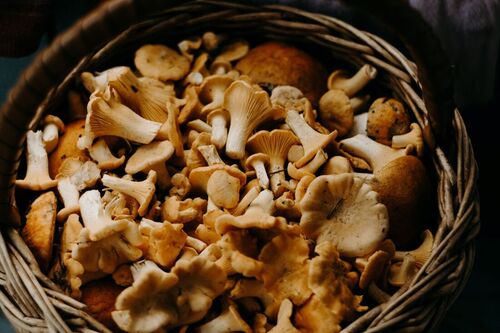 This Week's Staff Training Focus - Food and Wine Taste Interactions For those studying food and wine, especially when trying to navigate the rigors of an exam and blind tasting experience such as for WSET training - Umami is a sensation that is not easily digested. When you place food in your mouth your taste buds adapt so that the perception of the levels of sugar, salt, acidity, etc. in what you taste next can be altered. An extreme example of this is the unpleasantly acidic taste of orange juice just after you brush your teeth. Similarly, chocolate and thick creamy dishes have mouth-coating effect that can impair the sense of taste. There are two components in food that tend to make wines taste ‘harder’ (more astringent and bitter, more acidic, less sweet and less fruity). These are sweetness and umami. There are also two components in food that can make a wine taste ‘softer’ (less astringent and bitter, less acidic, sweeter, and more fruity). These are salt and acid. Lets focus on one of these components…UMAMI What is Umami? Umami is a taste, and is distinct from other primary tastes (sweet, salt, sour, bitter), but is hard to identify sometimes when other components are present – which is often. Umami is essentially the savory side of taste, and is most present in foods that have been aged (parmesan cheese, cured meats, soy sauce), have certain kinds of sodium (MSG), or have earthy flavors (mushrooms, especially when cooked). It is also present in wines that have been aged over time, especially those aged in wood, such as Chianti, Rioja, Ports, and older Cabernet based wines. Umami foods low in salt, such as asparagus, eggs and mushrooms, tend to be a challenge when pairing to wines. Conversely, foods with umami and salt, such as cured or smoked seafood or meats and hard cheeses, tend to work better with wines. Umami...
Generally, food has more impact on the way a wine will taste than the other way around.
As an example of how this interaction and perception can work in different ways: I remember a dish I once had that was an omelet filled with smoked salmon and brie cheese – which we enjoyed with a bottle of Chianti Classico. Not the first thing you may think to drink with that dish, but the pairing worked incredibly well. The dish, which had three umami rich components, was able to off-set the tannin in the wine and allow the fruit to come out. It was such a good pairing, I still remember the experience 25 years later. 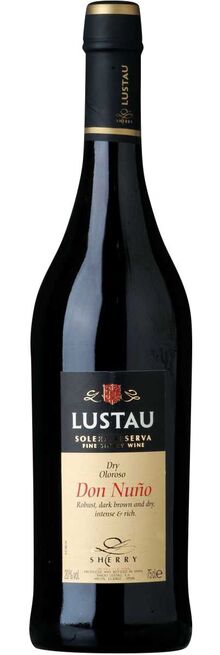 Yes - almost anything is a "National...Day", these days. But people like chowder, so who is to argue. But what can a drinks pro offer to pair with the inimitable CHOWDER? Here are a few thoughts. Soups and chowders are typically a challenge to pair with beverages as the combination of liquid and liquid is often not easy to match – especially on the palate and the mouthfeel. But it is doable:
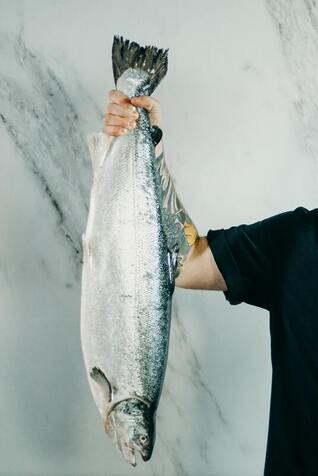 Walk through any restaurant kitchen in the morning and you will inevitably see someone breaking down a salmon. They are smoked, baked, grilled, poached, souped, ceviche, crudo and pizza-ed. Occasionally we serve them on a bagel. But what to offer for beverage suggestions? Aside from a cup of coffee to go with the bagel, schmear and lox, there are any number of choices that can work really well with this versatile fish – a lot depends on how it is cooked and plated. Salmon is a large fish, dwelling in the ocean except when it travels up fresh water rivers/streams to spawn. The part we eat is the muscle, and large fish such as this have much less connective tissue than land animals, as such there is less fat in the meat, and this means it can cook much quicker. It is also “lighter” when compared to beef and other meats. Therefore, when looking to pair with certain wines, it is important to consider what will work best with the various factors involved in the palate. Important factors with salmon:
Wine Suggestions Salmon is a fish, and therefore the weight and fat content would almost always mean starting with something in the white wine category. Texturally, though, it is medium in its overall weight on the palate (this may be obvious or not, but remind your guys that weight refers to the texture and feel in the mouth – not to actual pounds of fish). Often grilled or cooked like a steak, so the smoke and char from the grill will allow it handle oak. White Wines
Red Wines
|
ABOUT THE Author
Brian Mitchell runs The New England Wine Academy, and is responsible for the content of this blog. With 30 years of drinks industry experience, Brian has learned a few things, but everyday he is learning more. This blog helps to bring that knowledge to you. Archives
July 2024
Categories
All
|
Copyright 2018 > 2024 by New England Wine Academy, LLC
we advocate making responsible decisions
we advocate making responsible decisions

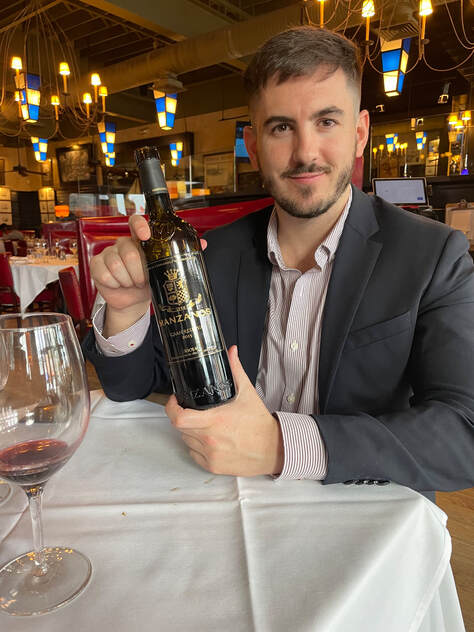
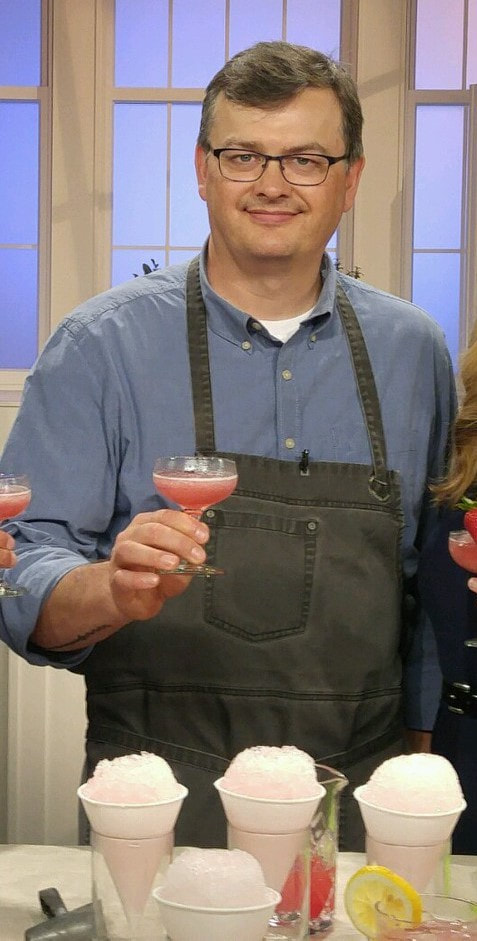
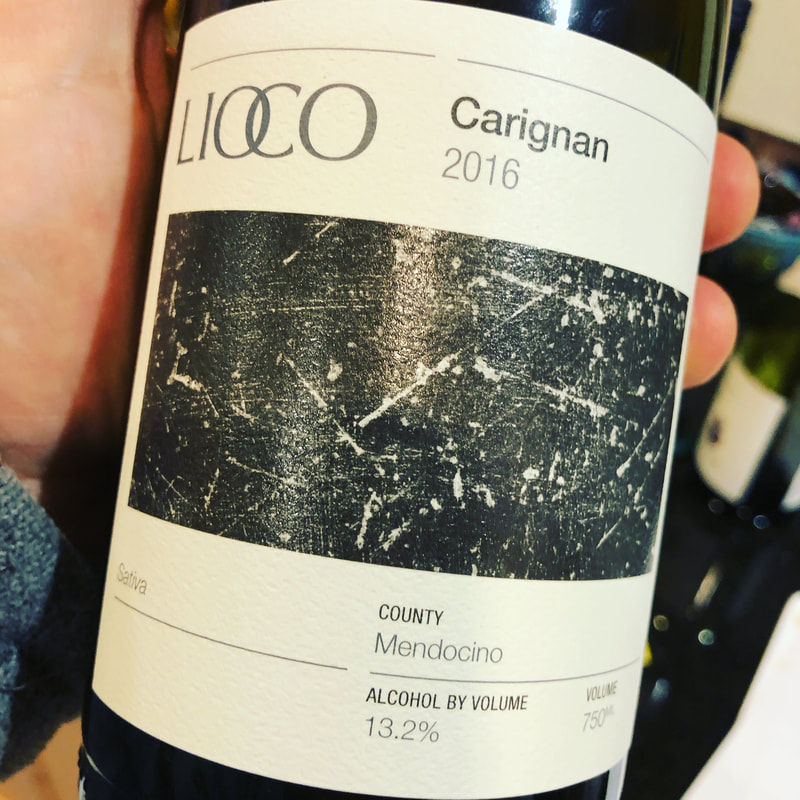
 RSS Feed
RSS Feed
